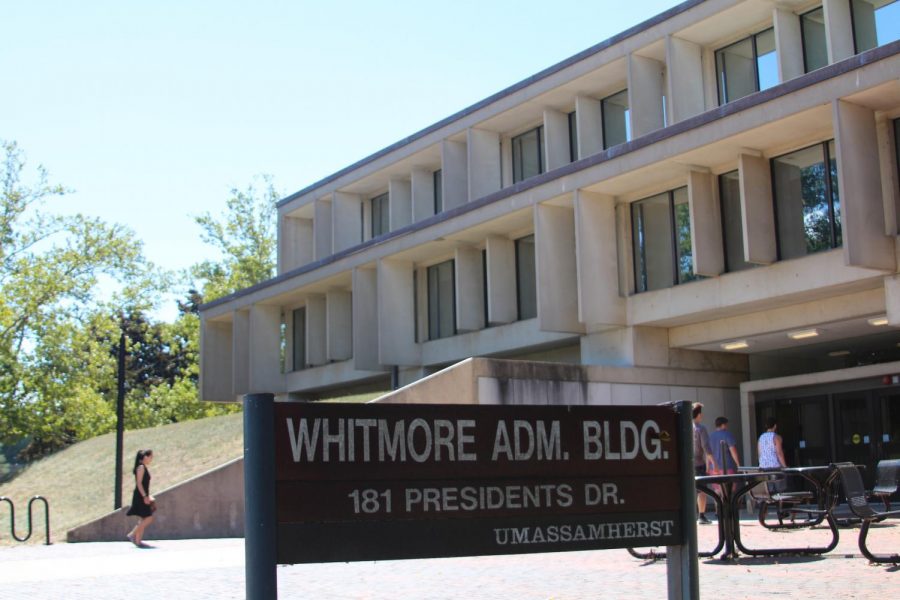As higher education increasingly becomes a priority for American employers, students of all backgrounds are searching for institutions that meet their needs. For many, state schools with lower costs for their residents are one of the best options in a world of skyrocketing tuition giving way to everlasting debt. State schools provide a quality education at an affordable price for those living under the same governance, but what about out-of-state students?
A study from the Pioneer Institute published in May of this year determined that the University of Massachusetts has lower admissions standards for out-of-state students than in-state students, with non-Massachusetts residents being accepted with lower average GPA and SAT scores than their Bay State counterparts. In 2016, in-state accepted students averaged a high school GPA of 3.97 and SAT score of 1265, while those accepted from beyond the Commonwealth averaged a 3.78 and a 1242. And yet, out-of-state students made up about 23 percent of the student body in 2017.
Why does UMass need so many out-of-state students?
One reason could be a desire for diversity. Those students from out-of-state do add diversity of background and opinion to the campus – a crucial aspect for any institution that wants to provide their pupils with a well-rounded educational experience.
Aside from variating the student body, however, the pros to having so many out-of-state acceptance aren’t very many. As of fall 2018, tuition and fees for full time students are $7,943.50 for in-state, $13,816.50 for those from other New England states and $17,285 for everyone else. Though the cost is cheaper for Bay Staters, they help fund the University with their tax dollars, in turn getting the opportunity to receive a more affordable education. Though the cost may seem high for out-of-state individuals, UMass presented them with $22 million worth of merit-based scholarships in 2015, as opposed to only $9.9 million for in-state students that same year. One could argue that even after scholarships are taken into account, the out-of-state portion of the student body still provides additional revenue to fund UMass and help keep in-state costs down. Despite this financial gain, is it right for a state school to prioritize diversity or finances over their own residence?
Massachusetts state schools – including the UMass system, nine other universities and fifteen community colleges – educate over half of all Massachusetts undergraduates. UMass has been growing steadily for years, increasing undergraduate enrollment from 20,427 in 2012 to 21,896 in 2018. That’s 1,469 more students, about 571 of which are from out-of-state. This year saw such high demand for the Commonwealth’s Flagship Campus that many residence hall lounges had to be converted into quads. With a 57 percent acceptance rate in 2017, UMass still had to turn away thousands of in-state applicants.
Quality institutions of higher education are an excellent way to spur economic growth for the Commonwealth. Massachusetts has certainly made a name for itself with its private universities, but if a significant portion of the population can’t afford them, it would make sense to provide them with a decent and affordable public education. It is unlikely that many of those who come from out-of-state will stick around after graduation to contribute to the Massachusetts economy, and if UMass is going to accept so many of those students, it should at least research what benefit, if any, this will have for the state.
UMass should focus on catering to the people who fund the school with their tax dollars and are most likely to then contribute to the Commonwealth. Providing education to in-state students is an investment for the economy, creating skilled workers and an educated populace with well-rounded skill sets able to carry Massachusetts into a bright future. That’s what public institutions are for.
David Geddes is a Collegian columnist and can be reached at [email protected].



















